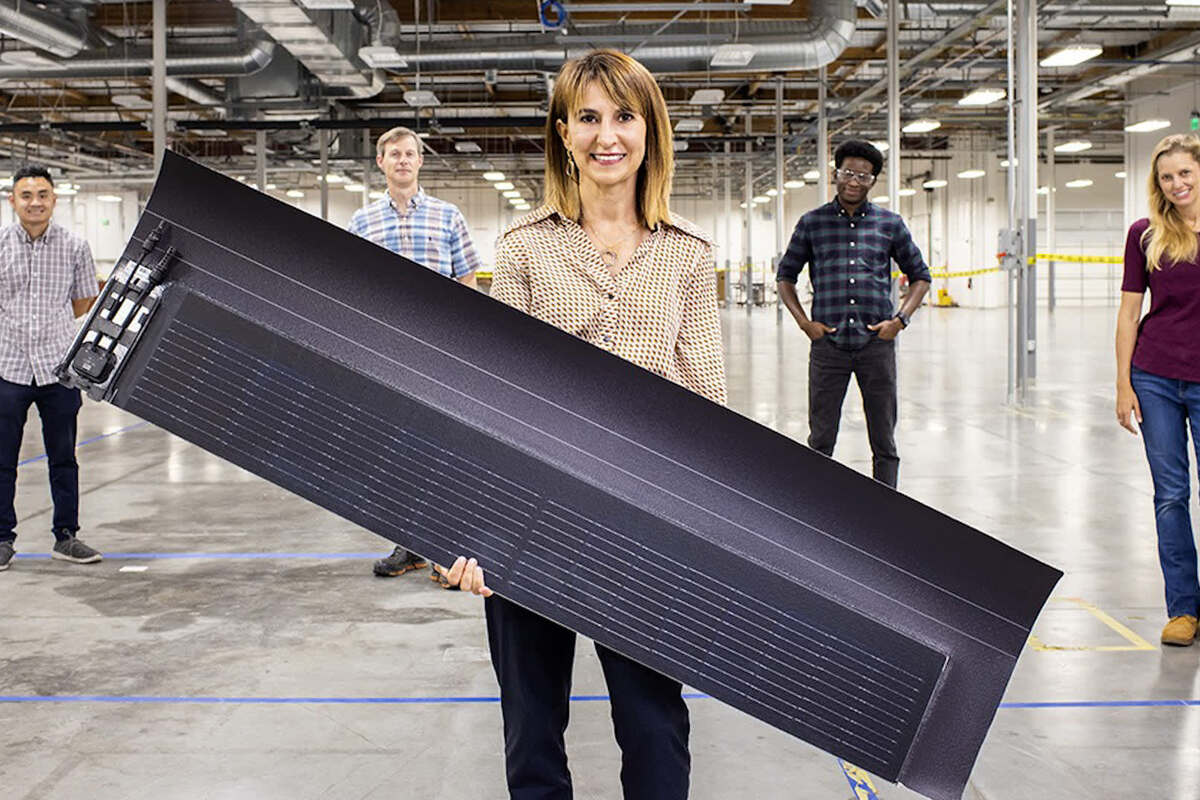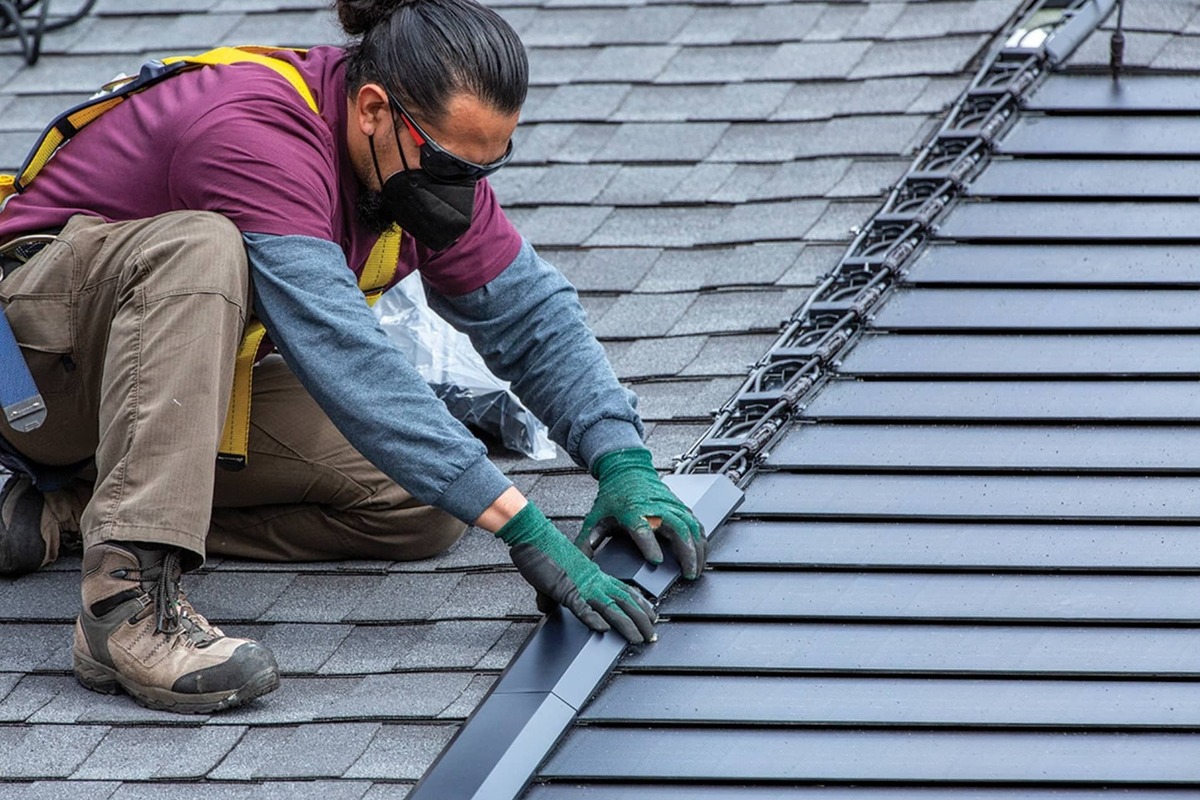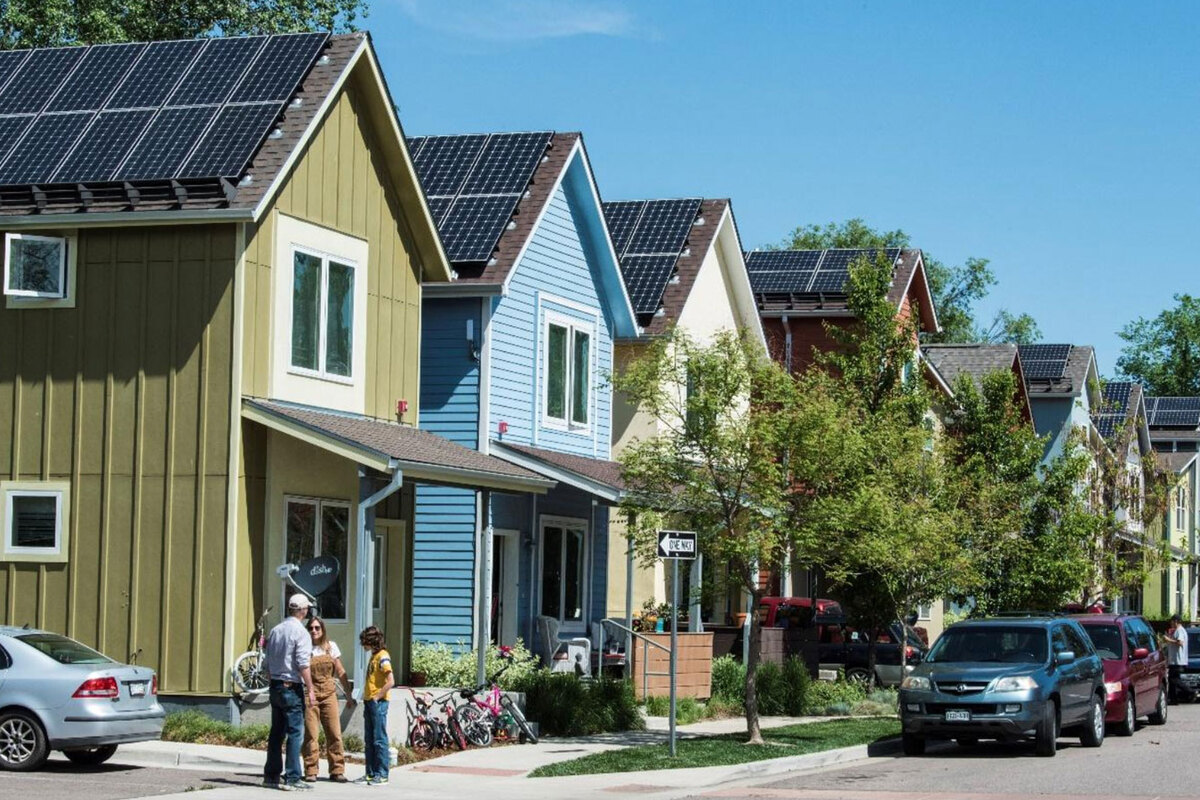Solar shingles, also known as solar roof tiles, consist of sleek photovoltaic (PV) sheets that can be layered over or replace conventional roofing shingles. These specialized shingles harness sunlight and transform it into electricity.
Solar shingles and solar panels share a common principle in converting sunlight into usable energy, whether it’s thermal or electrical. However, it’s essential to understand the distinctions between the two when evaluating your home’s solar energy requirements:
Energy Output
Lowering energy costs is a key objective in solar installation, making it a critical factor to consider. Most solar shingles generate power within the range of 13 to 63 watts per shingle.
The quantity of shingles used in a standard home roof installation can result in a significant reduction in utility bills, often ranging from 40% to 70%. Additionally, increasing the number of solar shingles can lead to higher energy production and greater savings.
Energy Efficiency
Solar shingles lag behind solar panels in terms of efficiency due to several factors.
For one, solar panels offer higher efficiency due to their adjustability to optimize sun exposure angles. In contrast, solar shingles remain fixed in their initial installation position. While you can increase energy production by adding more shingles to your roof, this comes with additional costs associated with materials and installation, much like any home improvement project.
Initial Cost
Solar shingles can be relatively expensive, and the cost varies based on the amount of roof space to be covered and the specific type of shingles you choose. It’s crucial to have a clear understanding of your budget before committing to a solar shingle project.

Durability
Solar shingles offer a significant advantage over panels in terms of durability. Unlike panels that are placed on top of the roof, solar roof tiles are integrated into the roof structure. This inherent design makes them more robust and capable of withstanding challenging weather conditions and debris impact.
Moreover, solar shingles are fire-resistant, a characteristic not inherent in traditional solar panels. It’s important to note that while the risk of fire with solar panels is very low, solar shingles provide an extra layer of fire resistance due to their integrated installation within the roof.
Lifespan
Solar panels and shingles both boast long lifespans, often exceeding 20 years. Yet, the specific durability of solar shingles depends on the manufacturer and installation quality. Warranties for solar shingles differ, so it’s crucial to distinguish between power warranties and durability warranties.
Power warranties for solar shingles generally extend for a couple of decades, corresponding to their energy production capacity. On the other hand, durability warranties, which pertain to the shingles’ physical integrity, can often cover the entire lifespan of the home.
Installation
Installing solar shingles can be a time-consuming process, often lasting up to a week, assuming your current roof is in good condition.
If you’re constructing a new roof or renovating it before incorporating solar shingles, the installation duration may extend further. Certain solar tile brands, such as Tesla, might even require two or more weeks for installation.
In stark contrast, solar panels can be set up in just a single day, making them significantly quicker to install than solar shingles.




